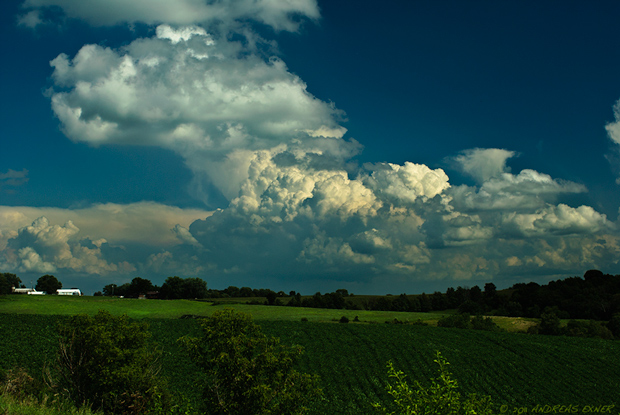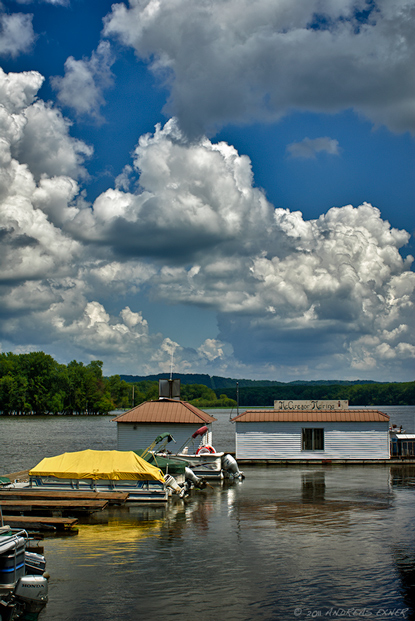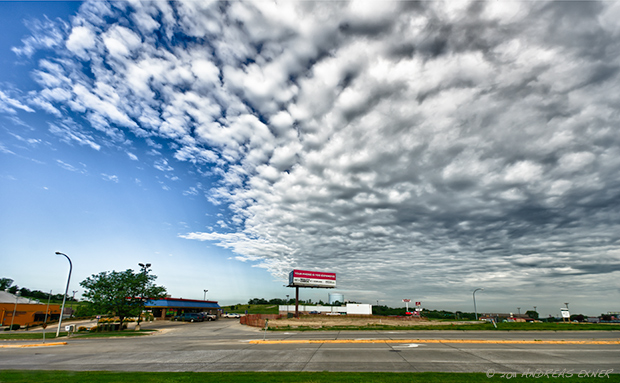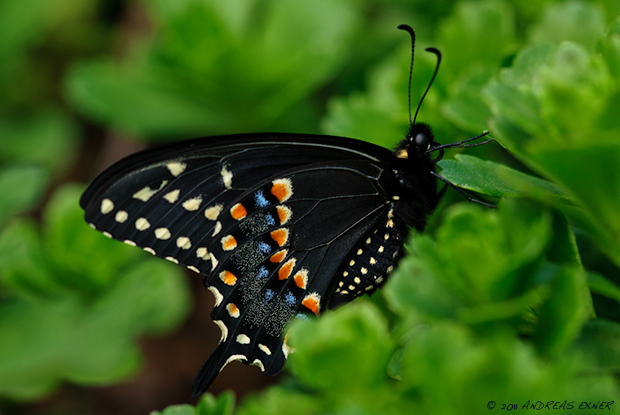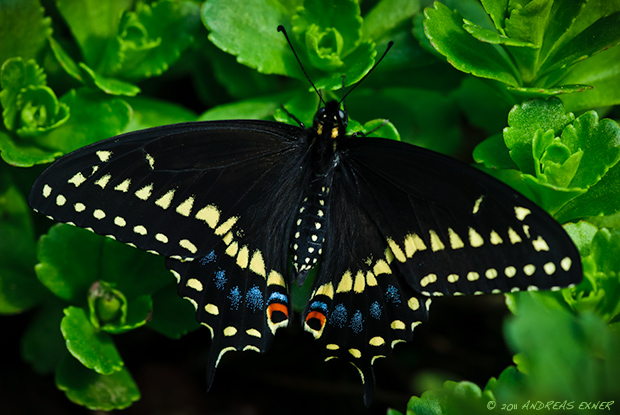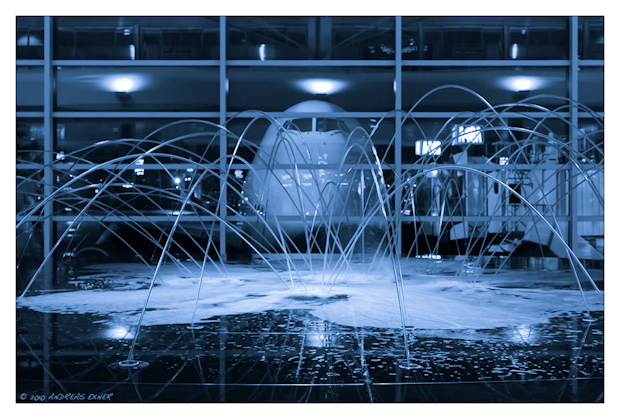Here is another picture from last weekend's "driving-around-and-looking-for-clouds-tour". Landscape photography isn't always easy in Iowa, especially in the summer, but if the big clouds move in or out you have your chance for some drama, even if you just stand between corn and soybean fields… ;-)
This time it was not done with HDR processing and it is just a single image. I did my usual adjustments in Adobe Lightroom. I increased the highlights with the tone curve so that the white in the clouds showed its full potential. After the export to Photoshop, where I do usually the fine tuning and downsizing of the picture for the web, I realized that the image was still a little too hazy for my taste. Bringing up the contrast in the clouds with an adjustment layer and a layer mask took care of the problem. I think I still take too much time processing my images in post. I guess I still have to fix too many things that aren't done correctly while taking the image. But it's getting better. This one took less than five minutes to finish and to output three different copies (1x original full size, 1x jpeg 948 px long for my web gallery, and 1x jpeg 620 px long for this blog). It would be nice to know how long it takes you to process a RAW file and to create an image that you like. I'm just curious…

